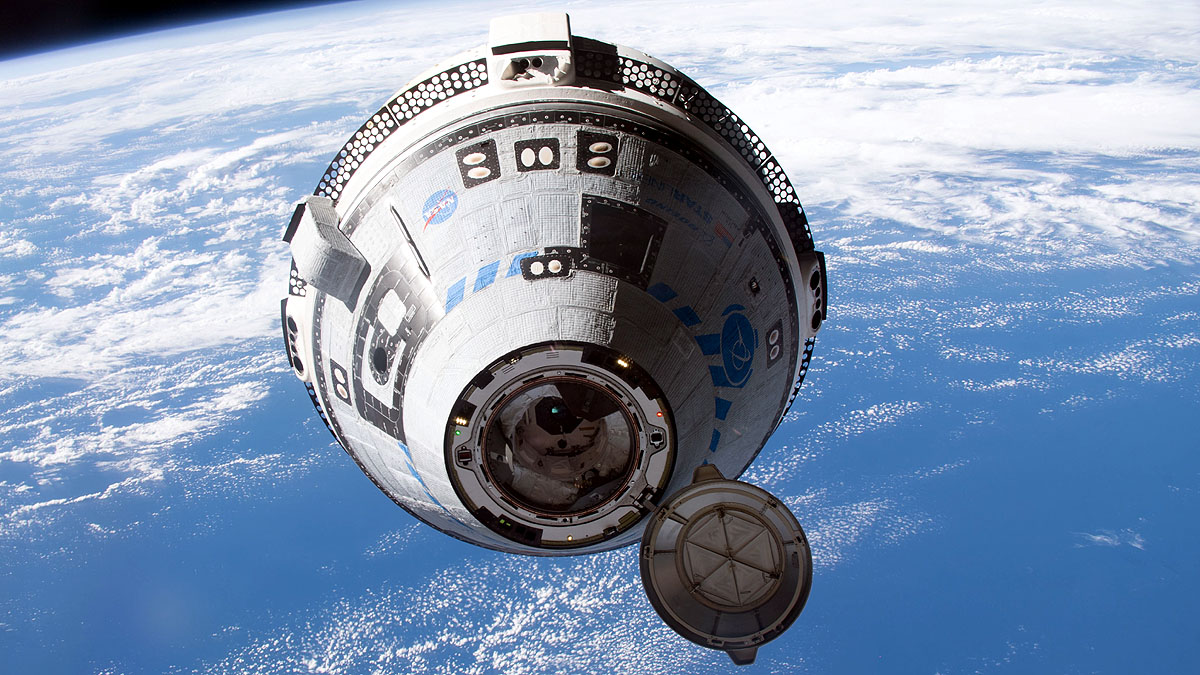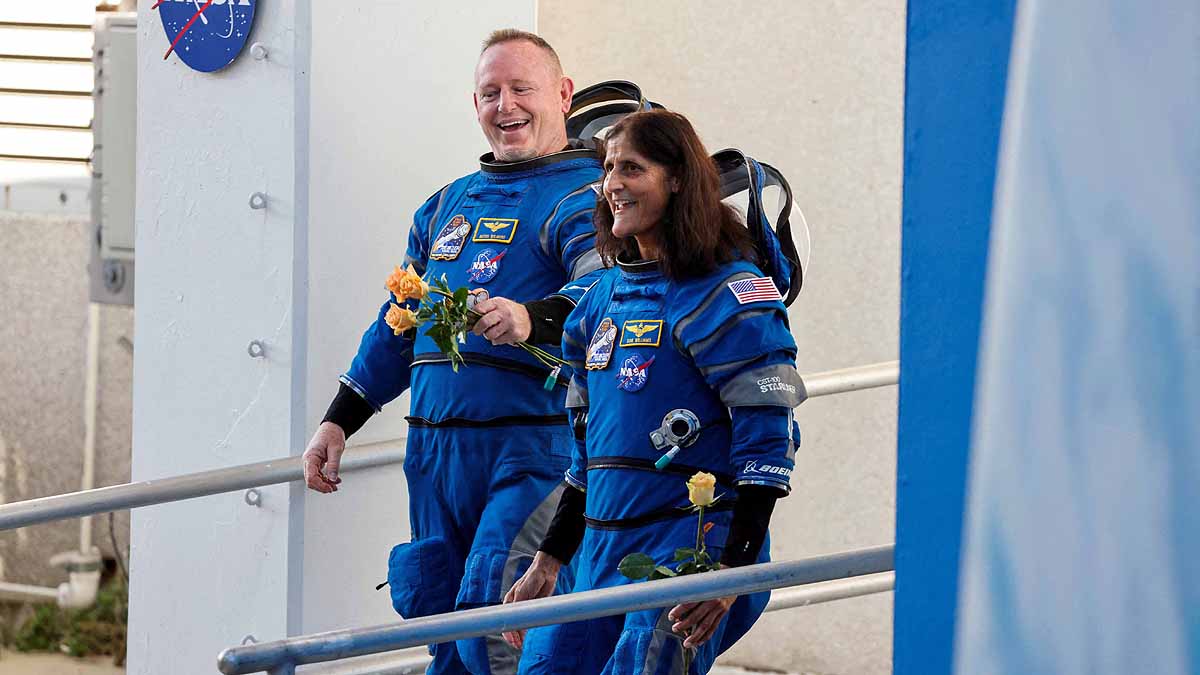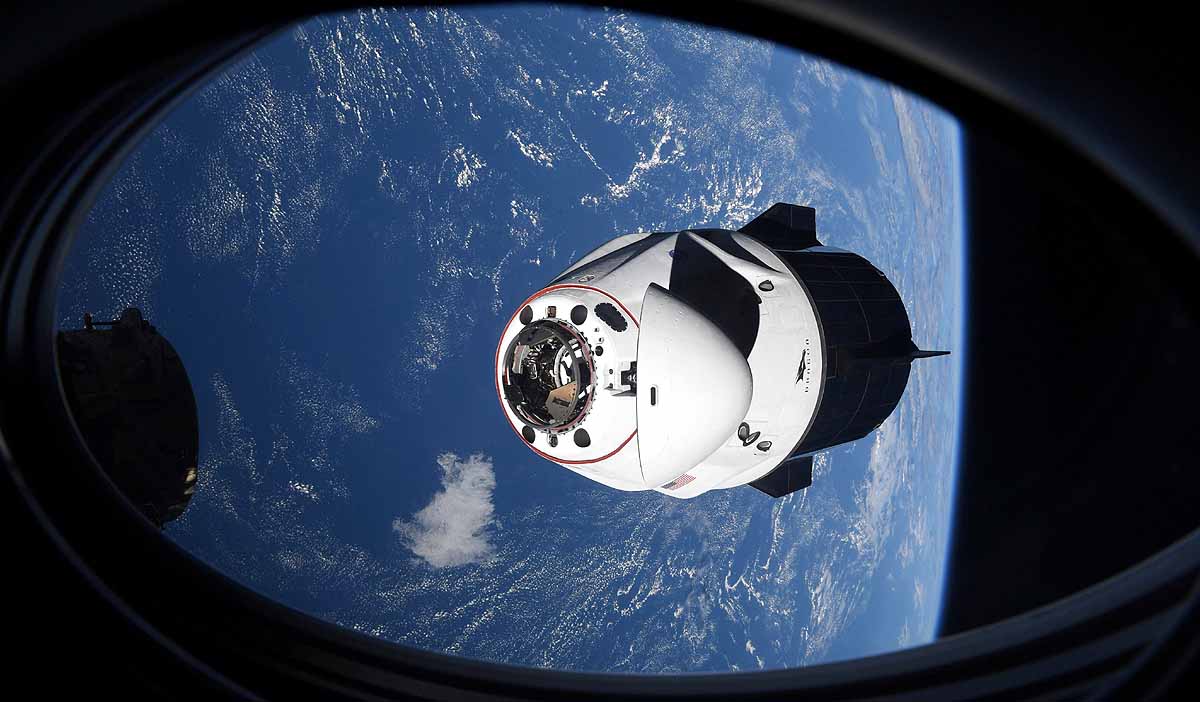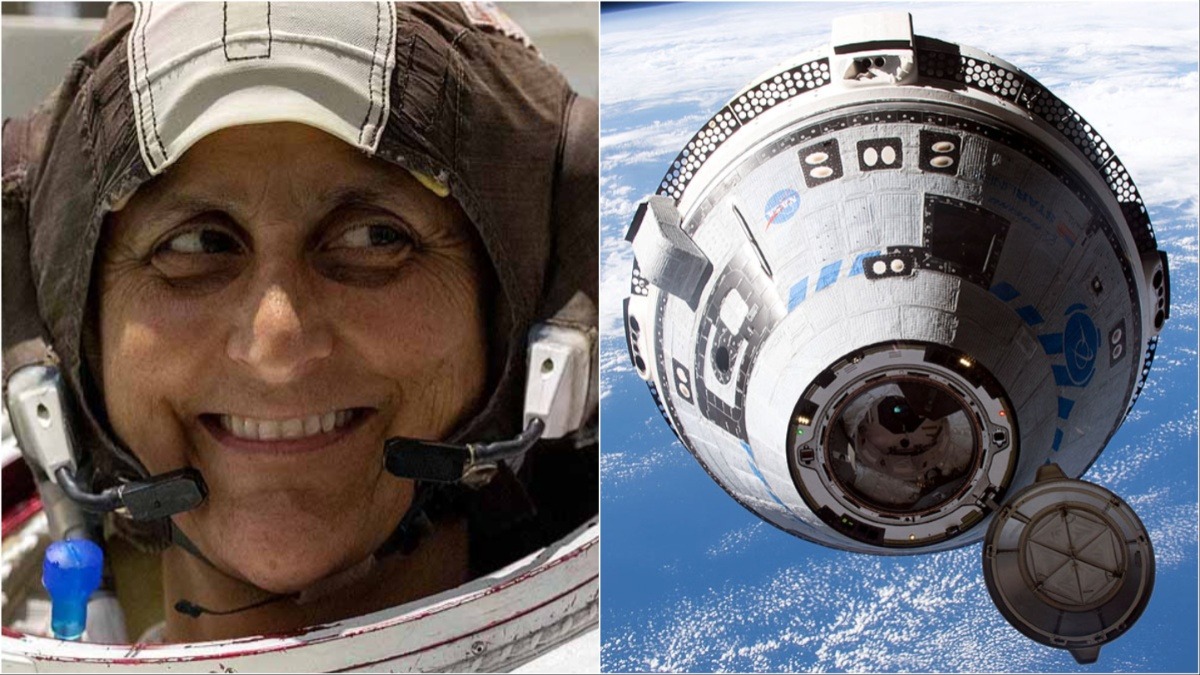Indian-American astronaut Sunita Williams was scheduled to return to Earth on June 13, 2024. Yet, 12 days have passed, and she remains stranded on the International Space Station. American astronaut Barry Wilmore, who was meant to return with her, is also stuck there. When will they return? NASA currently has no answers. Let's first identify the problem before we discuss potential solutions for their return.

Source: aajtak
The difficulty lies within the Starliner capsule itself, recently undertaking its maiden journey. The capsule suffers from multiple issues, most notably a helium leak in five places. Helium is used to pressurize the spacecraft's propulsion system. Moreover, there have been five instances of thruster failure.
The consequences of both have compromised the spacecraft's reaction control system. Thus, Williams or Wilmore would not be able to control the capsule upon re-entry. Should this happen before entering the atmosphere, they could become lost in space; if after entry, they could uncontrollably plummet to Earth.
NASA and Boeing were aware of these flaws before the first stage of the mission commenced. They have been granted time to address the problems, but yet over three weeks have passed since Williams and Wilmore reached the station with no clear return path in sight.
The Starliner Spacecraft, developed by Boeing under NASA's Commercial Crew Program, aims to transport astronauts to lower Earth orbit. However, its inaugural uncrewed flight in 2019 encountered software problems, leading it to the wrong orbit. The second flight faced fuel valve issues. Now, for the third time, a helium leak and propulsion system glitches have occurred, marking a series of hitches in a spacecraft designed for astronauts' safety.
Before the mission started, both NASA and Boeing were aware of the issues, yet the mission proceeded. It was delayed from its original May 7th launch date due to the very same leak. Mark Nappi, the Starliner program manager, has admitted that the helium system isn't performing as designed.
With a fuel capacity for 45 days, the mission that began on June 5th has already consumed over 20 days, leaving only 25 days remaining. If the helium leak and reaction control system problems affect the fuel system, the resources could deplete even sooner, necessitating alternative rescue plans.

Source: aajtak
NASA contends that Williams and Wilmore aren't stranded, arguing their capability to undock the capsule from the station and return to Earth at any time. They have remained to study the propulsion system data to ensure a safe return. NASA is following its standard mission management process.
As for possible alternatives, NASA may:
Resort to SpaceX's Crew Dragon-2, which carries up to four passengers, sending two engineers to repair the Starliner or bring back the astronauts directly.
Request aid from Russia, which could return the astronauts via its Soyuz spacecraft, always ready at the station as an escape craft.
Seek help from China, though unlikely given geopolitical tensions, to employ their Shenzhou spacecraft for retrieval.
Rely on the European Space Agency or the UK, but their readiness is uncertain due to the Ukraine-Russia conflict.
If Williams and Wilmore return through any of these options, the Starliner capsule would be undocked and left to return to Earth on its programmed course or be repaired remotely by engineers dispatched from Earth.
The 59-year-old Williams, on her third space mission, has spent a total of 322 days in space with previous expeditions in 2006 and 2012, including three spacewalks during her last mission.

Source: aajtak




